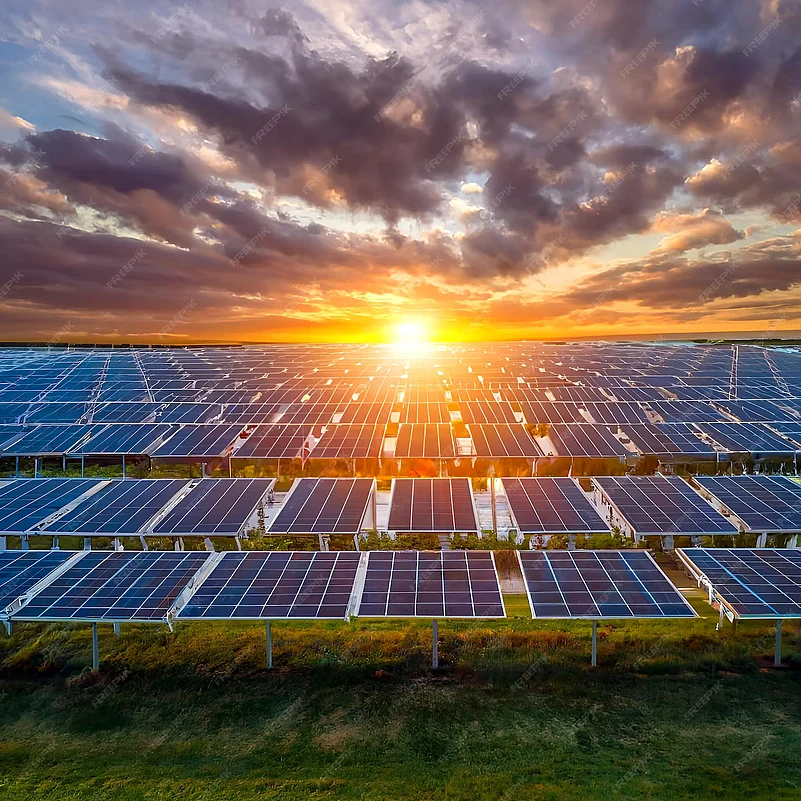Energy consultancy Ember has reported that India's solar energy production surged by 5.9 percent in 2023, surpassing Japan's growth. This development is noteworthy given that Japan is the world’s fourth-largest economy, while India ranks fifth. India, the fastest-growing economy last year with a growth rate of 7.8 percent, is projected to become the world’s third-largest economy by 2030, trailing only the US and China.
As of June 2024, India's total installed solar capacity stood at 87.2 gigawatts. The country added a record 15 gigawatts of solar power in the first half of 2024, marking the highest absolute growth in any six-month period to date. Despite this achievement, the rapid economic expansion and rising electricity demand mean that the relative growth of solar energy isn't as impressive as it might seem.
Advertisement
Solar power currently accounts for 57.7 percent of India's renewable electricity generation, outpacing both wind and hydroelectric power. In contrast, Japan's solar installations have slightly fallen behind India's, although the proportion of electricity derived from wind and solar in Japan is 12 percent, compared to just 10 percent in India. The global average stands at 13 percent. Japan, being a hilly and densely populated country, perceives itself to lack the space required for large solar farms and is increasingly turning to wind energy, particularly offshore, as its primary renewable energy investment.
In 2023, India invested $68 billion in clean energy, representing a 40 percent increase over the average investment during the previous decade, according to the International Energy Agency. However, this surge in solar energy investment is not enough to meet India’s ambitious climate goals. To achieve these targets, India will need to increase its annual green energy investment by 120 percent by 2030. Current projections suggest that the investment is only on track to double, which is insufficient for reaching the desired outcomes.
Advertisement
Compounding this issue is India's continued investment in fossil fuels, particularly coal, which saw an increase in carbon dioxide emissions last year. Fossil fuels' share of India's electricity generation actually rose from 76 percent to 77 percent in 2023, moving in the wrong direction concerning environmental goals.
As solar power costs continue to decrease, coal may struggle to remain competitive, especially in a sun-rich country like India. This potential shift towards renewables could be accelerated if the Indian government reduces its support for coal. Given India's vulnerability to the impacts of climate change, adopting a more ambitious approach to renewable energy, backed by a strong industrial policy, would be a prudent strategy.













